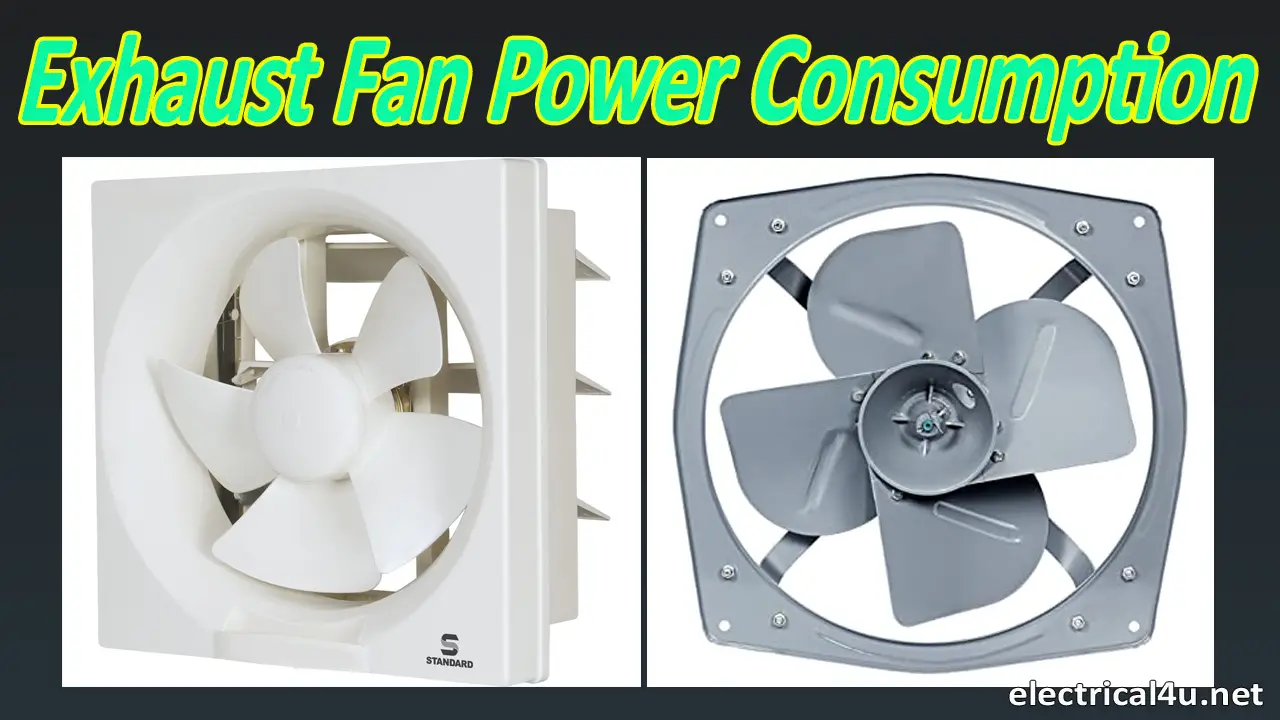Power Consumption Estimates

Bathroom fan power consumption – Understanding the power consumption of bathroom fans is essential for making informed decisions about energy efficiency. Various types of bathroom fans have different power consumption profiles, influenced by factors such as fan size, speed, and features.
While it’s crucial to consider bathroom fan power consumption, don’t overlook the allure of decorative candles. Their flickering flames evoke a soothing ambiance, adding warmth and character to your space. By balancing energy efficiency with aesthetic indulgence, you can create a sanctuary that invigorates both your senses and your well-being.
Even as you mindfully reduce your fan’s power consumption, remember the transformative power of a few flickering wicks, casting a cozy glow upon your bathroom haven.
Average Power Consumption of Different Fan Types
The following table provides an overview of the average power consumption of different types of bathroom fans:
| Fan Type | Average Power Consumption (Watts) |
|---|---|
| Ceiling-Mounted Fan | 15-40 |
| Wall-Mounted Fan | 10-25 |
| Exhaust Fan | 5-15 |
Factors Influencing Power Consumption
Several factors influence the power consumption of bathroom fans, including:
- Fan Size: Larger fans typically consume more power than smaller fans.
- Fan Speed: Fans operating at higher speeds consume more power.
- Features: Additional features, such as built-in lighting or humidity sensors, can increase power consumption.
By considering these factors, homeowners can select bathroom fans that meet their ventilation needs while minimizing energy consumption.
Energy Efficiency Considerations

In the pursuit of a sustainable and cost-conscious home, energy efficiency plays a pivotal role. Bathroom fans, though often overlooked, present an opportunity to reduce energy consumption and contribute to environmental preservation.
Choosing energy-efficient bathroom fans is a smart investment that can yield significant savings over time. By opting for models with Energy Star ratings, you can be assured that they meet stringent energy-saving standards set by the Environmental Protection Agency (EPA). These fans consume less electricity while maintaining optimal performance, effectively reducing your carbon footprint and utility bills.
Potential Cost Savings
The cost savings associated with energy-efficient bathroom fans can be substantial. According to the EPA, an Energy Star-rated fan can save you up to $35 per year in energy costs compared to a standard model. Over the lifetime of the fan, these savings can accumulate significantly, making it a worthwhile investment for your home.
Ventilation and Air Quality: Bathroom Fan Power Consumption

Bathroom fans play a crucial role in maintaining proper ventilation and air quality within the bathroom space. They help remove excess moisture, odors, and airborne contaminants, creating a healthier and more comfortable environment.
The power consumption of a bathroom fan directly impacts its ventilation effectiveness. A fan with higher power will be able to move more air, resulting in better ventilation and air quality. However, it is important to select a fan with appropriate power for the size and usage of the bathroom to avoid excessive energy consumption.
Selecting the Right Fan Power, Bathroom fan power consumption
When selecting a bathroom fan, consider the following factors to determine the appropriate power:
- Bathroom size: The size of the bathroom will determine the amount of air that needs to be moved. A larger bathroom will require a fan with higher power.
- Bathroom usage: If the bathroom is used frequently, a fan with higher power will be necessary to effectively remove moisture and odors.
- Ceiling height: Higher ceilings require fans with higher power to effectively circulate air.
As a general guideline, a bathroom fan should be able to exchange the air in the room 8-10 times per hour. To calculate the required fan power, multiply the bathroom volume (length x width x height) by 8-10.
In the serene tranquility of a woodland cabin, the hum of a bathroom fan whispers tales of energy efficiency. Its gentle breeze carries the scent of pine needles and the promise of a cozy retreat. As the fan whirls, its power consumption becomes a whisper against the backdrop of cabin decor , where rustic charm meets modern comfort.
The fan’s energy-saving prowess ensures that the cabin’s tranquility remains undisturbed, allowing the forest symphony to fill the air.